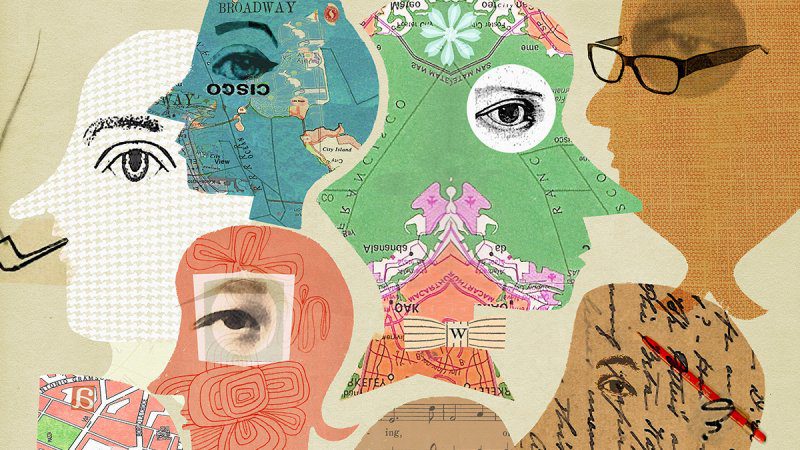Understanding personality traits | Part 1
What is ‘Personality’?
The definition of personality I will be using, refers to a relatively stable way of how a person organizes their thoughts, feelings and behaviour in different situations (American Psychiatric Association, 2013). The fact that these remain somewhat steady over time, gives us a sense of identity. Personality is, in a nutshell, that identity and how it relates to others.
Every one of us has a unique style of how we relate to others. This style is a combination of a various degrees of personality traits (ex. Openness, temperament etc.) which are semi-automatic. I used the phrase ‘semi-automatic’, to mean that there is an important element of choice in who we are, even though doing something ‘out of character’ can be immensely challenging for us. It’s interesting to note that longitudinal studies show that personality traits can and do change over time (Imran, 2019).
According to Delisle, personality disorders arise when there are certain developmental processes which have not been completed adequately. This may be due to biological factors as well as the relationships one experienced in childhood. Since the developmental issue is such an important aspect of the person’s way of being, that issue is bound to repeatedly cause significant problems in the person’s life as time goes by (Delisle, 1999).
It is important to note that we all have varying degrees of the traits found in personality disorders.
When personality traits have a long-term, rigid, and repetitive organization of thoughts, feelings, and behaviour which cause significant distress, then a personality disorder may be present. Very often, over time, this is painfully experienced in a lack of maintaining nourishing connections with people. This may start from adolescence or early adulthood (American Psychiatric Association, 2013).
Since this condition is so closely linked to one’s identity, the person would find it extremely difficult and painful to accept that a part of how they are is what is causing significant distress. It might not actually be necessary for a person to realize that they have a personality disorder, but that they seek out professional help to receive the guided support necessary to work on the patterns of distress being experienced again and again.
Histrionic Styles of Relating To Others
The word ‘histrionic’ has its Latin roots in the word ‘histriōnicus’ which refers to acting and the theatre.
A histrionic style refers to traits such as the human need to be seen and to be liked by others. In order to receive that attention, histrionic styles adopt a dramatic and energized way of interacting with others. This kind of interaction may fuel impulsive behaviour and the impression that relationships are more intimate than the other person perceives them to be. Histrionic ways of relating set the stage for the person to experience a constant need for attention from others due to a lack of self-esteem. So, one would be depending on others for a sense of self-worth. It makes sense then, that one would be distressed when alone or not receiving attention (Goldberg, 2018).
This extreme need for attention from others in histrionic personality disorder tend to initiate a person to use their sexuality to attract that attention.
There are plenty of us with distinguishable histrionic traits, although when these traits are excessive and repeatedly inappropriate to the situation, distress follows. Individuals with histrionic personality disorders are more likely to experience depression, which is probably due to how this style of relating makes it difficult to connect with others.
I am writing this in hopes of encouraging a more conscious and compassionate way of looking at and talking about our own and others’ personalities. I would also encourage you to seek professional help if you have repeatedly found yourself in a distressing pattern of circumstances.
Amber Tabone practices Gestalt Psychotherapy with individuals and couples at Willingness. While currently reading for a Master’s in Psychotherapy, she has developed an interest in working with relationships, gender, and sexuality thanks to her experience with families and domestic violence issues.
References:
American Psychiatric Association. (2013). Diagnostic and statistical manual of mental disorders (5th ed.). Arlington, VA: Author.
Delisle, G. (1999). Personality Disorders. Ottowa: CIG Press. Retrieved 9 17, 2020
Goldberg, J. (2018, 5 11). WebMD. Retrieved 9 12, 2020, from https://www.webmd.com/mental-health/histrionic-personality-disorder#2
Roberts, B. W., Wood, D., & Caspi, A. (2008). The development of personality traits in adulthood. In O. P. John, R. W. Robins, & L. A. Pervin (Eds.), Handbook of personality: Theory and research (p. 375–398). The Guilford Press.







